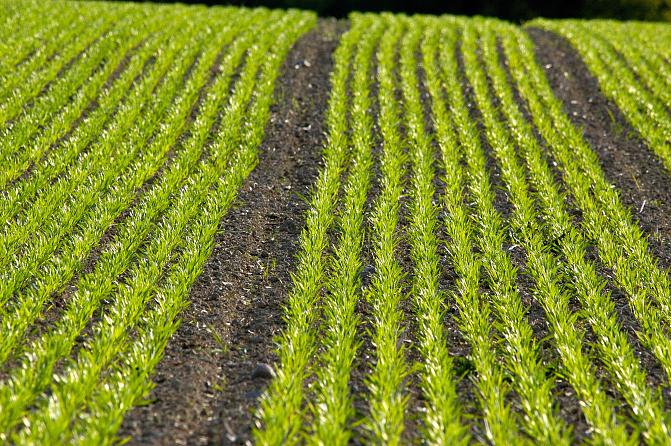
The circular bioeconomy boosts nutrient recycling
On this page
Nutrient recycling calls for strong actions
Efficient utilisation of nutrients and carbon content from biomass improves the security of supply of domestic food production and reduces adverse environmental effects of agriculture. Finland’s plant production requires 18,000 tons of phosphorus annually.
This need could be fulfilled completely by using biomass-based recyclable phosphorus. The need to enhance nutrient recycling to improve nitrogen self -sufficiency has become evident during the crisis in Ukraine. Most recyclable nutrients are obtained from animal manure, but other organic side streams bring a valuable addition to the offering of recycled nutrients. In recent years, no significant progress in nutrient recycling has been achieved, and thus, strong actions are needed to meet the environmental goals set by the Finnish government.
Nutrient recycling may reduce agricultural water pollution
Luke’s experts have generated information on nutrient-rich biomasses and their spatial distribution, with respect to the local demand for nutrients in food production. We have shown how fertilisation according to plant need would enable replacement of mineral phosphorus fertilisers with recycled nutrients, and how that would contribute to reducing nutrient leaching from agriculture. Active research on the quality and safety of recycled fertiliser products is also an essential part of Luke’s work.
Luke has provided several written statements for the Finnish parliament, ministries, and regional decision makers to bring our scientific findings into practice. Statements include policy recommendations for actions supporting nutrient and carbon recycling, and reduction of environmental effects of agriculture.
Information generated by Luke as a basis of legislation
Information generated by Luke’s researchers has increased awareness of the importance of management of nutrient and carbon recycling, including technological processing and production of recycled fertiliser products, their use, and overall benefits for the agricultural sector. For example, the draft of new legislation on fertilisation includes a statement that fertilisation levels should be based on plant needs. This is a fundamental issue when implementing sustainable nutrient recycling.
Baltic Marine Environment Protection Commission HELCOM has broadly utilised Luke’s policy recommendations when updating the Baltic Sea Action Plan. The plan sets water protection goals for e.g. eutrophication caused by agriculture. Luke’s experts were also actively involved in drafting HELCOM’s Nutrient Recycling Strategy for the Baltic Sea Region.
Luke has proactively produced knowledge and participated in decision-making processes that influence legislation relating to nutrient use, and in developing steering instruments for the national and international levels. Our work supports the development of the food system towards a more sustainable and self-sufficient future, realising the potential of nutrient and carbon cycling.
“The scientific knowledge that we have produced is being used as basis of decision making, securing actions leading to the desired aims of nutrient self-sufficiency, more sustainable agriculture, and a positive environmental status”, states Principal Specialist Sari Luostarinen.
